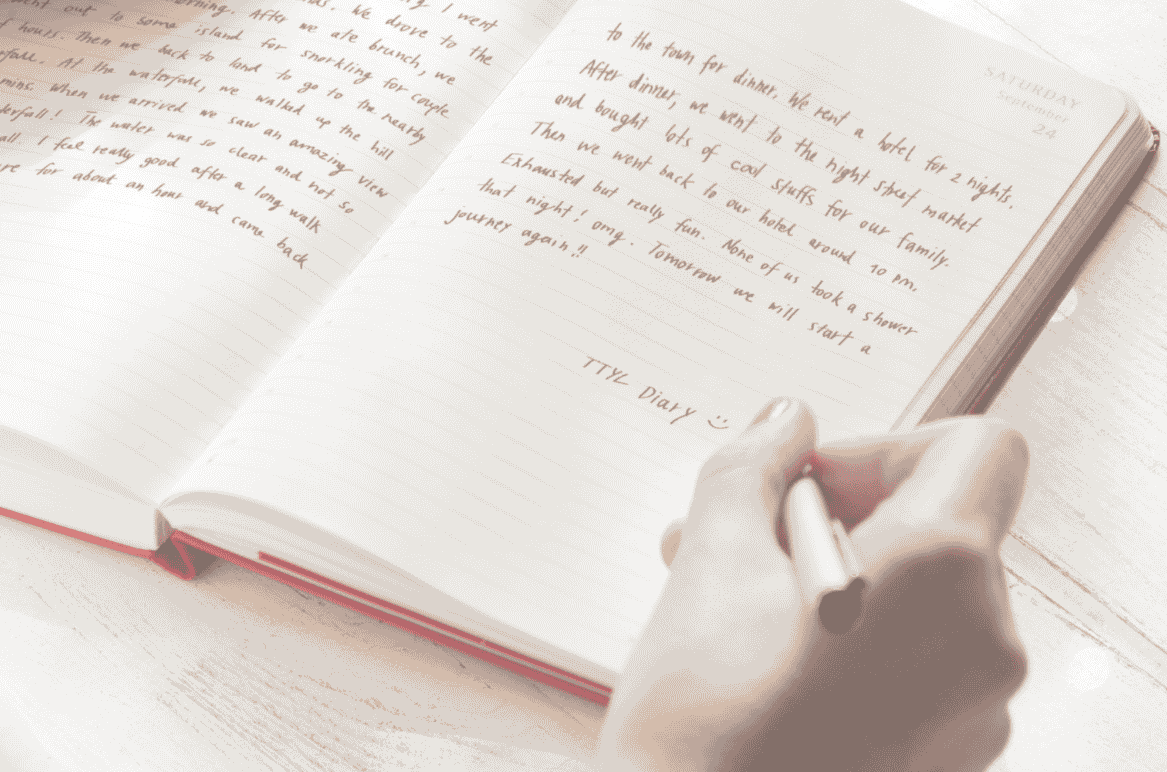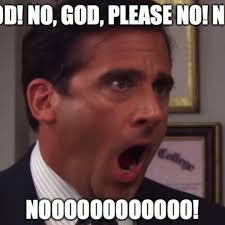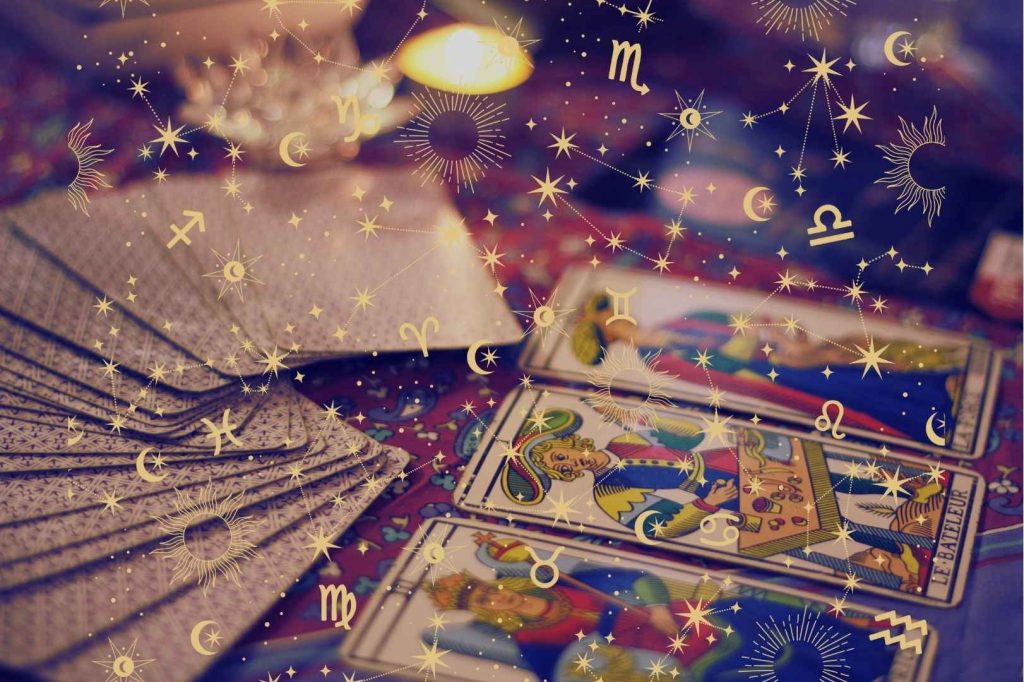For many people, writing instead of therapy became the default coping mechanism. Not because it’s more effective, but because it’s more accessible.
There were seasons when we couldn’t go to therapy. Maybe we couldn’t afford it. Maybe we weren’t ready. So we did what many of us do when the feelings get too loud, we wrote.
Writing instead of therapy became our outlet, our mirror, our holding space. We filled notebooks, drafted emails we never sent, and tweeted things that sounded like jokes but weren’t. We wrote, not to heal, but to hold it all together.
It wasn’t perfect, but it kept us going. And sometimes, that was enough.
This article explores what people write when they avoid therapy, and what those words really reveal.
First Sign of Writing Instead of Therapy – The Drafts That Knew Too Much

I know you’ve done this too.
We write emails we never send. Messages to people we still miss. Angry rants, sad apologies, closure we wish we had.
Our drafts folder became a secret vault, an emotional purgatory, raw, chaotic, honest. Full of almost-conversations and emotional rehearsals. It felt like power. It felt like peace. But let’s be honest, it was mostly fear.
It felt like closure at first. But often, it was just another way to avoid confrontation.
Still, we reread them, cried over them, added “one last line” and never hit send.
Because writing instead of therapy felt safer than being witnessed. It gave us a safe way to say what we were too scared to speak.
Many people confuse the act of writing with resolution, but most of these drafts stay hidden, unresolved.
Still, they serve a purpose: emotional rehearsal without consequence.
Writing Instead of Therapy – The Post That Made Them Laugh (So They Wouldn’t Ask)
Some of us coped in public. On social media, pain gets filtered through punchlines. People joke about trauma, depression, burnout, and loneliness, not because it’s funny, but because it’s easier.
“Not depressed, just romantically aligned with sadness.”
“Therapy? Nah, I just text my ex at 2 AM and see what happens.”
People laughed. They clicked the heart. And we felt heard, kind of.
That’s another version of writing instead of therapy, it lets us say something real, without really being vulnerable.
Scroll long enough, and you’ll find entire timelines that read like disguised therapy sessions.
Writing Instead of Therapy – Journals and the Loop of Unprocessed Pain

Journaling saved us. Then trapped us.
Some days, we wrote like we were on fire. Other days, we stared at the page and froze. Writing is hard when you’re just starting.
At first, it felt like something we owed ourselves, to document everything we were too afraid to speak. Later, it became a ritual. A way to name things before we could speak them.
Journaling helps. But not always, sometimes, we just circled the same pain over and over. Stuck. Rewriting the same entry in different words. Hoping one version would finally let us go.
In this context, writing instead of therapy becomes a trap. It feels like reflection, but becomes rumination. The paper listens, but never interrupts.
Writing instead of therapy let us name things. But it didn’t always help us release them.
Still, writing was part of the path. It taught us how to hear ourselves.
The Fictional Characters Who Did the Things We Couldn’t
Writers often transfer their pain to fictional characters. These characters act out scenarios the writer avoids in real life.
We gave our heartbreaks to characters. Let them leave the people we were still clinging to. Let them scream, forgive, run away.
We wrote versions of ourselves who were braver, clearer, stronger. In those stories, we had power. On the page, we had closure.
They speak the truth. They walk away. They find closure.
It’s a form of creative emotional processing, another way we used writing instead of therapy to move through the mess, without touching the center of it.
Fiction let us control the outcome, and sometimes, that was the only power we had.
I still believe in that magic. But now I see that it’s also a kind of delay, an emotional decoy.
We weren’t ready to say those words in our real lives yet. So we gave them to characters first. Things only start to feel real when we finally talk about them.
Writing Helped, But It Wasn’t Enough
Writing is powerful. We believe in writing. We’ve lived through it. It creates space, offers clarity, slows spiraling thoughts, and put shape to the shapeless.
But if we’ve also been to therapy, we know the difference.
Writing doesn’t interrupt your self-blame in real time, doesn’t sit across from you and say, “That wasn’t your fault.”
It won’t pause and ask, “Do you want to try that again?”
It has limits, it cannot challenge cognitive distortions, it cannot hold you accountable, it cannot replace the presence of another human being who sees the full story.
It helps, but sometimes, it keeps us safe from the very thing that would free us.
Closing Statement

We didn’t write instead of going to therapy because it was easier. We wrote because we had to. And it carried us through. But eventually, we learned that healing shifts when it’s shared.
Journals, social media posts, and drafts have carried many through darkness. But when writing becomes the only outlet, it can also become the only cage.
Because healing isn’t one big step, it’s a thousand tiny ones.
Healing comes in phases. First we write. Then we find the words, and speak.Then, if we’re lucky, we share it with others…
Writing instead of therapy may have helped us survive. But it’s okay to want more than survival.
Studies show that expressive writing can reduce stress, improve mood, and support emotional healing (Pennebaker, 1997). But research also suggests it works best when combined with real human connection, through therapy, shared vulnerability, or even a support group (Baikie & Wilhelm, 2005).
If writing has been your lifeline, you’re not alone.
But, You don’t have to pick between solitude and connection. You can write your way through it, and still let others in.
If this piece sat close to your chest, these might too:
Because sometimes surviving feels shameful—but it’s still surviving.
Why we watch, why we flinch, and why we never really look away. 3 part series of emotional survival.
A closer look at what happens when men are taught to silence their need for connection.








3 Responses
Sometimes writing instead if therapy and we feeling like in the forest.
Very good partnership https://shorturl.fm/68Y8V